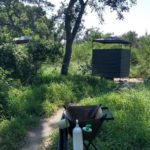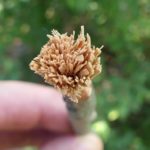Natural shampoo can be extracted from a variety of plants worldwide. In the evergreen forests of Lowland in Northern Vietnam, we used the leaves of a so-called soap plant. With these leaves, we regularly washed our hands and bodies. In the following, we’ll look at this natural shampoo.
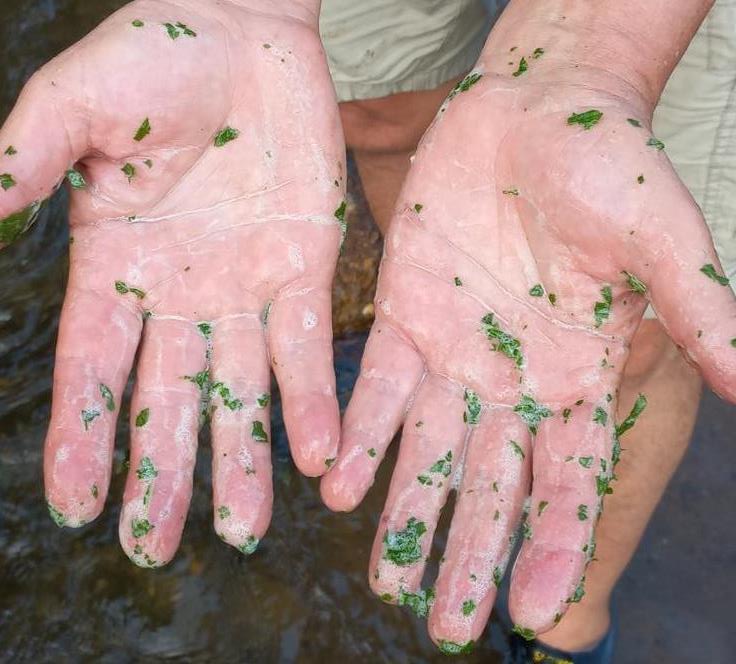
Plant description
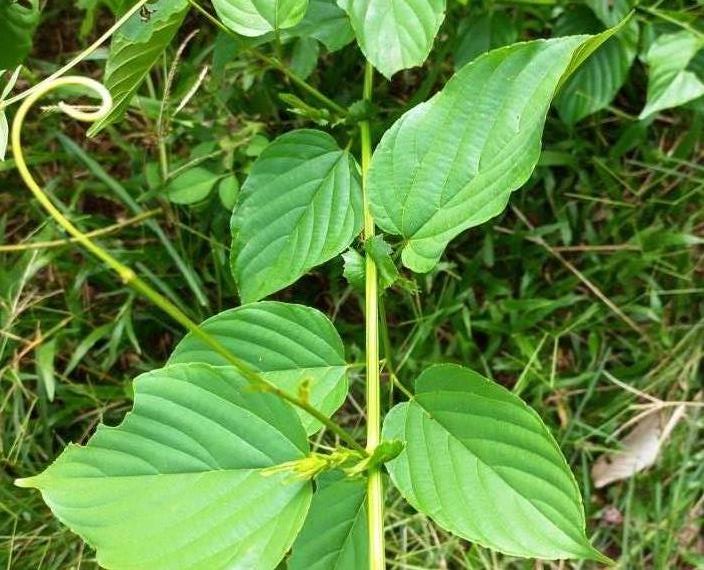
The scientific name of the ‘Soap Plant’ is Gouania leptostachya var. tonkinensis Pitard. It is proven to be the variety tonkinensis, as it has very broad leaf-shaped stipules that hug the stem at the bottom. The common English name is ‘Slender Spiked Gouania’. In Vietnam, it is commonly called ‘Dây đòn gánh’. See here.

Gouania leptostachya is a woody climber. It can be recognized amongst a sea of green leaves by its tendrils, 4 – 5 pairs of secondary veins, and marginal glands sunken inside margin serrations on its leaves. A full description of this species is available here.
Distribution

As mentioned before, the species we used to extract natural shampoo was G. leptostachya var. tonkinensis. This variation only occurs in Southern Yunnan in China, Laos, and Vietnam at wet tropical lowland biomes. However, all other variations of G. leptostachya can also be used as a detergent. The distribution of all variations of this species can be seen in the map above. In another article on this website, we presented the White ginger lily, also used as a detergent.
Bioactive contents of G. leptostachya
When analyzing the leaves of this plant, researchers found that they contained tri-terpenoid saponins, steroids, flavanol glycosides, and dammarane-type saponin. See here. The high saponin content is why they can be used as detergents. The foaming and emulsifying properties of saponins are from their amphipathic nature. Additionally, saponins show a wide range of bioactivities, such as antimicrobial, antifungal, insecticidal, pesticidal, molluscicidal, anti-inflammatory, and antiviral actions.
Uses

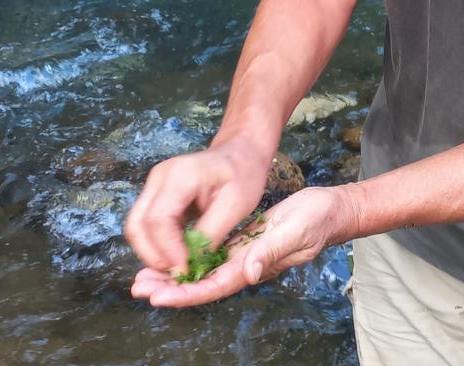
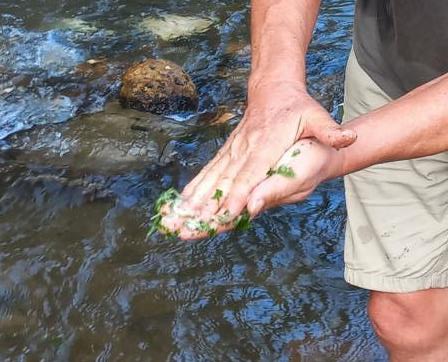
Slender Spiked Gouania roots, shoots, and leaves can be crushed by hand into small pieces. Rubbing these plant parts will yield a milky-white, foamy, and soapy liquid, which can be used as a detergent for washing hands, scalp, and other body parts. Its bioactive properties make this liquid suitable for killing off insects in hair or clothing.
However, this liquid is also molluscicidal, which means higher concentrations will negatively affect mollusks like gastropods, bivalves, and others.
Furthermore, reports say that G. leptostachya is used to stunning fish. However, I wanted to further test and validate this information before commenting on it.
There is a wide variety of medical applications, which I will not comment on as I’m neither a medical doctor nor a pharmacist.
Lessons learned from natural shampoo from the soap plant:
- Slender Spiked Gouania is a woody climber in Lowland evergreen tropical forests in South and Southeast Asia.
- It is easy to recognize by its characteristic glands on the leaf margins.
- Crushing and rubbing the leaves produces a surprisingly high amount of milky-white liquid.
- The washing effect of this detergent is very much like real soap.
.


